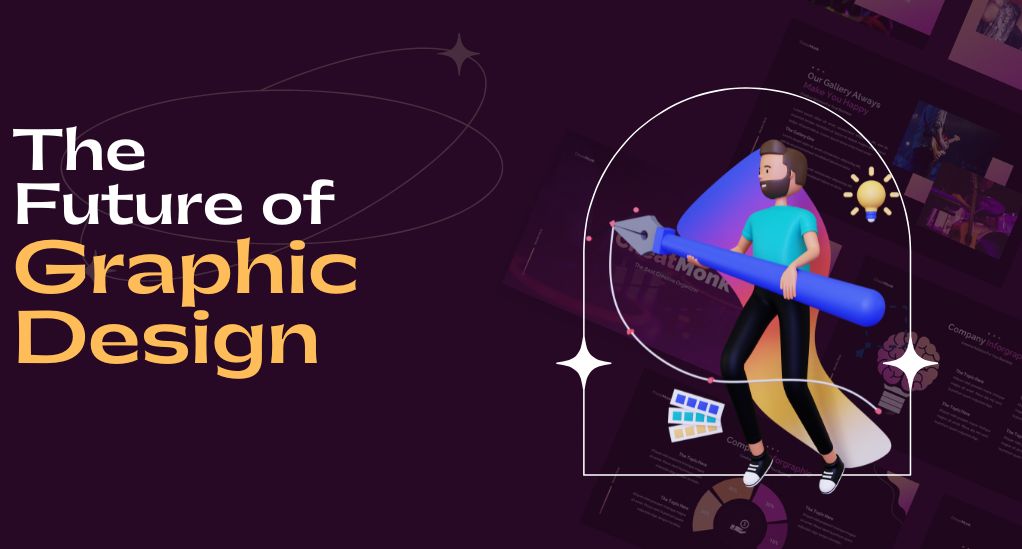
The Future of Graphic Design: Navigating Emerging Tools and Techniques
In the dynamic world of graphic design, the only constant is change. As we stand on the cusp of a new era, it is imperative to navigate the emerging tools and techniques that are set to redefine the landscape of graphic design. This article aims to be your compass in this exploration, guiding you through the intricacies of the future of graphic design.
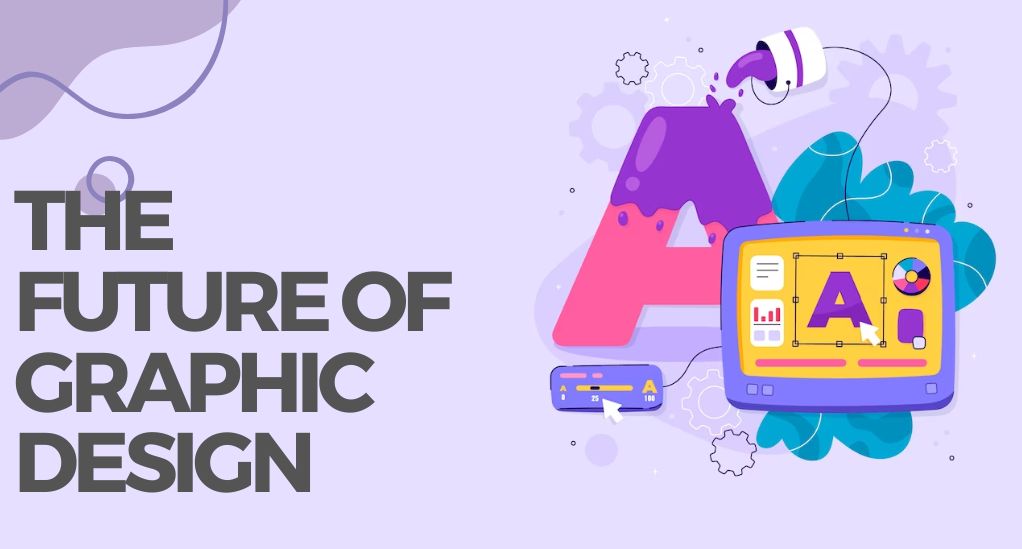
The Evolution of Graphic Design
To appreciate the future, we must first understand the past. Graphic design has evolved tremendously over the years, transitioning from hand-drawn illustrations to sophisticated digital creations. The journey from the rudimentary tools of the past to the advanced software of today paints a picture of relentless innovation and creativity.
Setting the Stage for the Future
As we stand at the threshold of a new era, it is essential to equip ourselves with the knowledge and skills that will be pivotal in the coming years. The future promises a blend of technology and creativity, where artificial intelligence meets artistic intuition, forging a landscape rich with opportunities and innovations.
In this article, we will delve deep into the emerging trends that are set to shape the future of graphic design. From the rise of augmented and virtual reality to the advent of AI and machine learning in design, we will explore each facet in detail, providing you with a comprehensive understanding of what lies ahead.
The Rise of Augmented Reality (AR) Virtual Reality (VR) in Graphic Design
In recent years, we have witnessed a paradigm shift in the graphic design landscape, driven by the advent of Augmented Reality (AR) and Virtual Reality (VR). These technologies have opened up a world of possibilities, allowing designers to create immersive experiences that were previously unimaginable. Let’s delve deeper into this fascinating world.
AR and VR Tools Making Waves
In the AR and VR space, several tools have emerged as game-changers, offering designers a playground of infinite creativity. Tools such as Adobe Aero, Unity, and Unreal Engine have become staples in the designer’s toolkit, facilitating the creation of immersive AR and VR experiences.
Artificial Intelligence (AI) and Machine Learning in Design
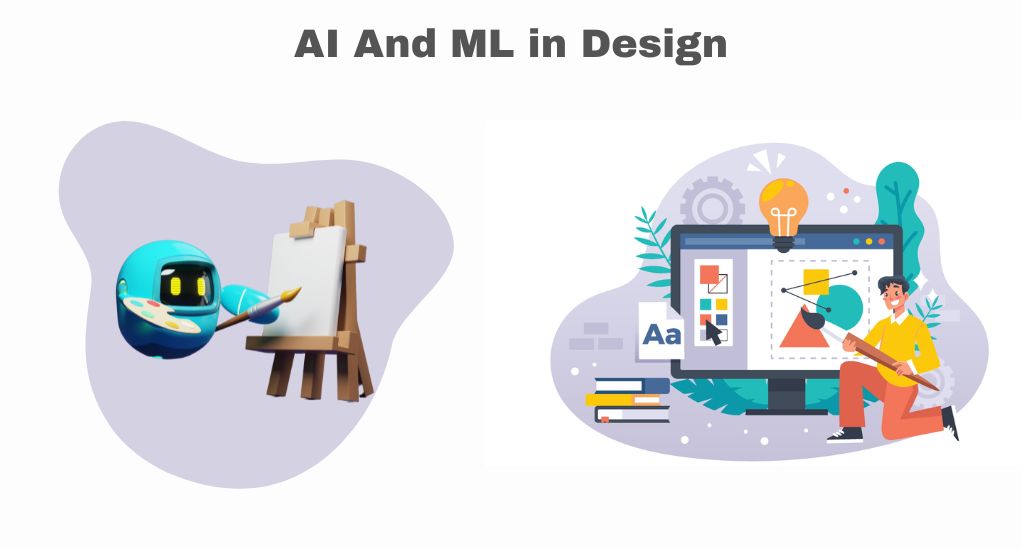
As we venture further into the digital age, Artificial Intelligence (AI) and Machine Learning are becoming integral components in the graphic design sphere. These technologies are not just reshaping the way designers work but are also redefining the very essence of creativity. Let’s dissect how AI and Machine Learning are influencing the graphic design industry.
AI Tools for Graphic Designers
AI has ushered in a new era of tools that are designed to make the life of a graphic designer easier and more productive. These tools leverage AI to automate repetitive tasks, offer smart suggestions, and even create designs autonomously. Below, we explore some of the prominent AI tools available to graphic designers:
- Adobe Sensei: Leveraging AI and machine learning to offer intelligent features such as automatic tagging and image recognition.
- Artisto: An AI tool that transforms videos into artworks based on different art styles.
- Canva’s Background Remover: Utilizes AI to automatically remove backgrounds from images, saving designers valuable time.
How Machine Learning is Reshaping Design Processes
Machine learning, a branch of AI, is fundamentally altering design processes by analyzing data to discern patterns and forecast trends, thereby guiding designers in making informed creative choices. This technology facilitates predictive design, enabling designers to stay a step ahead by anticipating upcoming design trends based on user behavior analysis.
Moreover, it aids in crafting personalized user experiences by utilizing data to tailor designs to individual preferences and behaviors, enhancing the user’s engagement and connection with the design.
3D Design and Animation
As we forge ahead into the future of graphic design, it is impossible to overlook the significant strides made in the realm of 3D design and animation. This dimension adds depth and realism to designs, offering a richer and more immersive experience to audiences. Let’s explore the tools and trends that are steering this dynamic facet of graphic design.
Tools for 3D Design and Animation
The 3D design and animation industry is flourishing, offering a plethora of tools that cater to both beginners and seasoned professionals. These tools, including the open-source powerhouse Blender, the user-friendly Cinema 4D, and the industry-standard Autodesk Maya, empower designers to transcend the limitations of 2D designs, bringing a depth and realism to their creations that was previously unattainable. Each tool comes with its own set of features, facilitating 3D modeling, animation, and rendering to help bring visionary concepts to life with a rich dynamism.
The Role of 3D in Future Graphic Design
As we envision the future, it is clear that 3D design will hold a pivotal role, influencing various aspects of graphic design. Let’s delve into the potential impacts and the role 3D design is poised to play:
- Realism and Immersion: 3D design offers a level of realism that brings designs closer to life, offering a more immersive experience to audiences.
- Interactive Designs: 3D designs open up avenues for interactive and dynamic designs, where audiences can engage with the content in novel ways.
Sustainable and Eco-Friendly Design
In a world increasingly conscious of its environmental footprint, the graphic design industry is not left behind. The emerging trend of sustainable and eco-friendly design is more than a buzzword; it is a necessary shift towards responsible and conscious creativity. Let’s delve into the nuances of this trend and understand the tools and techniques that facilitate eco-friendly design.
The Importance of Sustainability in Design
Sustainability in design goes beyond using recycled materials; it encompasses a holistic approach that considers the entire lifecycle of a design, from conception to disposal. Here, we explore the pivotal aspects that underline the importance of sustainability in design:
- Reduced Environmental Impact: Sustainable design aims to minimize the negative impact on the environment, focusing on reducing waste and promoting recycling.
- Ethical Consumerism: Modern consumers are increasingly valuing sustainability, and eco-friendly designs resonate with this growing demographic.
Tools and Techniques for Eco-Friendly Design
In the wake of a growing emphasis on sustainability in the graphic design sector, a variety of tools and techniques have surfaced to aid designers in adopting a more eco-friendly approach. These avenues include the utilization of eco-friendly printing methods that prioritize sustainable materials and minimize waste, the creation of digital art installations to negate the necessity for physical materials, and the incorporation of biodegradable materials in designs to lessen their environmental footprint.
Personalization and Customization
In a world inundated with content, standing out is more important than ever. This has given rise to the trend of personalization and customization in graphic design, where designs are tailored to resonate with specific audiences or even individuals. Let’s explore this trend in depth, understanding the tools facilitating this and the impact it has on the industry.
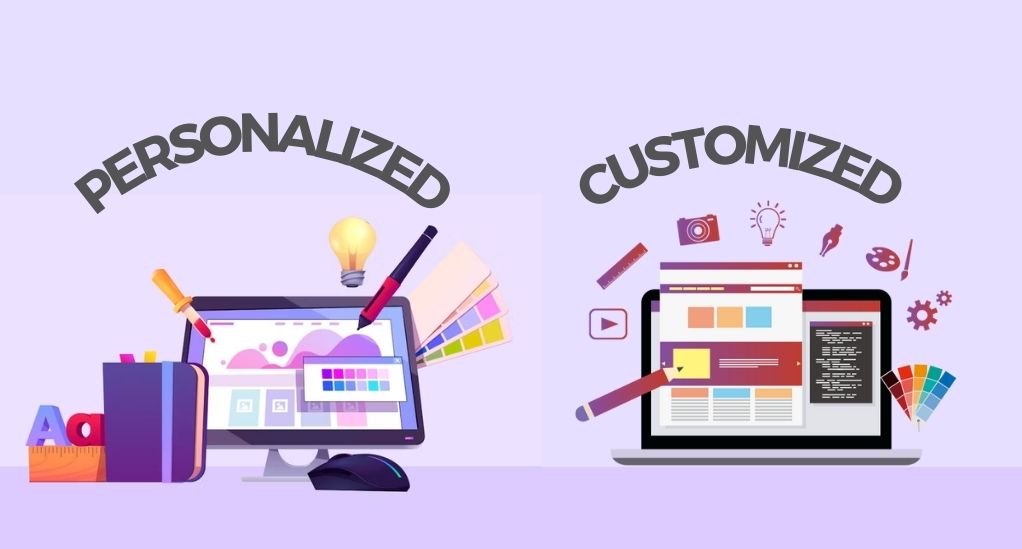
The Rise of Personalized Design
Personalized design is no longer a luxury but a necessity in today’s competitive landscape. It involves creating designs that speak to individual preferences, leveraging data and insights to craft experiences that are truly personal. Here, we delve into the nuances of personalized design:
- Data-Driven Insights: Utilizing data to understand user preferences and tailor designs accordingly.
- Dynamic Content: Creating content that adapts based on user behavior, offering a personalized experience.
Tools Facilitating Personalization in Graphic Design
The trend of personalization has been facilitated by a range of tools that allow designers to create tailored experiences with ease. Below, we highlight some tools that are empowering designers in this space:
- Adobe Experience Manager: A comprehensive solution that facilitates the creation of personalized content, leveraging AI to offer smart personalization options.
- Optimizely: A platform that allows designers to A/B test different design elements to understand what resonates best with their audience.
Collaborative Design Platforms
In the ever-evolving landscape of graphic design, collaboration stands as a pillar of innovation and efficiency. Collaborative design platforms have emerged as powerful tools, fostering teamwork and facilitating the seamless exchange of ideas. Let’s explore the tools available for collaborative design and the success stories that underline their importance in the industry.
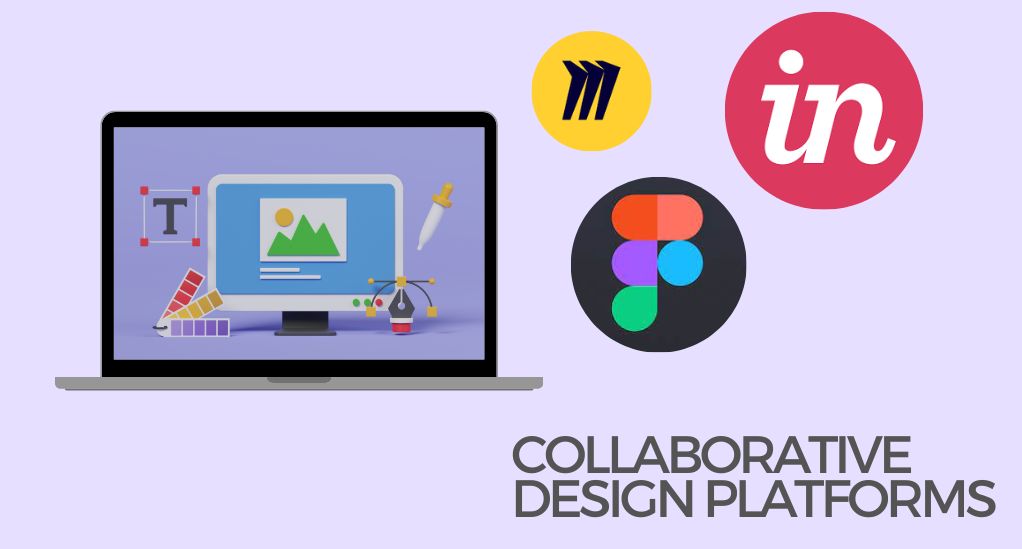
Tools for Collaborative Design
Collaborative design platforms are redefining the way designers work together, offering a range of tools that facilitate real-time collaboration and streamline the design process. Here, we spotlight some of the leading platforms in this space:
- Figma: A cloud-based design tool that allows multiple users to work on a project simultaneously, offering real-time collaboration and feedback.
- Miro: A visual collaboration platform that facilitates brainstorming sessions, offering tools for diagramming, mapping, and design sprints.
- InVision: A design and prototyping tool that fosters collaboration, allowing teams to work together seamlessly and gather feedback efficiently.
Future Trends in Typography
Typography, the art of arranging type to make written language legible and appealing, has always been a cornerstone in the realm of graphic design. As we venture into the future, it continues to evolve, embracing new technologies and trends. Let’s explore the emerging trends in typography and the tools that facilitate modern typography design.
Emerging Trends in Typography
The world of typography is witnessing a resurgence of old styles blended with modern twists, alongside the advent of new technologies fostering innovation. Here, we delve into some of the trends that are set to define the future of typography:
- Variable Fonts: Offering a flexible approach to typography, variable fonts allow designers to adjust a wide range of attributes, providing a dynamic range of styles within a single font file.
- 3D Typography: Leveraging 3D technologies to create typography that stands out, offering depth and a dynamic perspective to designs.
- Kinetic Typography: The integration of motion and typography, creating animated text that brings a dynamic and engaging element to designs.
Tools for Modern Typography Design
In the ever-evolving landscape of typography, designers are empowered by a range of innovative tools. Adobe Fonts stands as a rich reservoir, offering a vast library of fonts and ensuring seamless integration with other Adobe software, thereby providing a versatile palette of typographic options. Complementing this is FontJoy, which utilizes machine learning to assist designers in finding the perfect font combinations, significantly streamlining the design process.
Additionally, Glyphs emerges as a comprehensive tool, facilitating the creation of custom fonts with a high degree of precision and ease, enhancing the toolkit of modern designers.
Conclusion
As we conclude our deep dive into the future of graphic design, it is evident that we are on the cusp of a transformative era. The rapid advancements in technology are fostering unprecedented innovation, with AR and VR technologies offering immersive experiences, and AI and machine learning bringing intelligent assistance to the design process. The emphasis is shifting towards sustainable and eco-friendly designs, with a growing focus on personalization and customization to create designs that resonate on a personal level. Collaborative platforms are fostering teamwork, and the world of typography is witnessing a renaissance with the advent of modern tools and techniques.
Looking forward, the road is paved with opportunities for continuous learning and adaptation. Graphic designers are encouraged to embrace the evolving tools and trends proactively, nurturing a spirit of innovation and readiness to adapt to the changing landscape. The future promises a rich canvas of opportunities, where creativity meets technology, offering a landscape where designers can push the boundaries of what is possible. As we step into this promising future, it is imperative to stay updated with the latest developments, leveraging resources such as books, websites, and articles to foster a deeper understanding and to stay at the forefront of the graphic design industry.


Leave a Reply